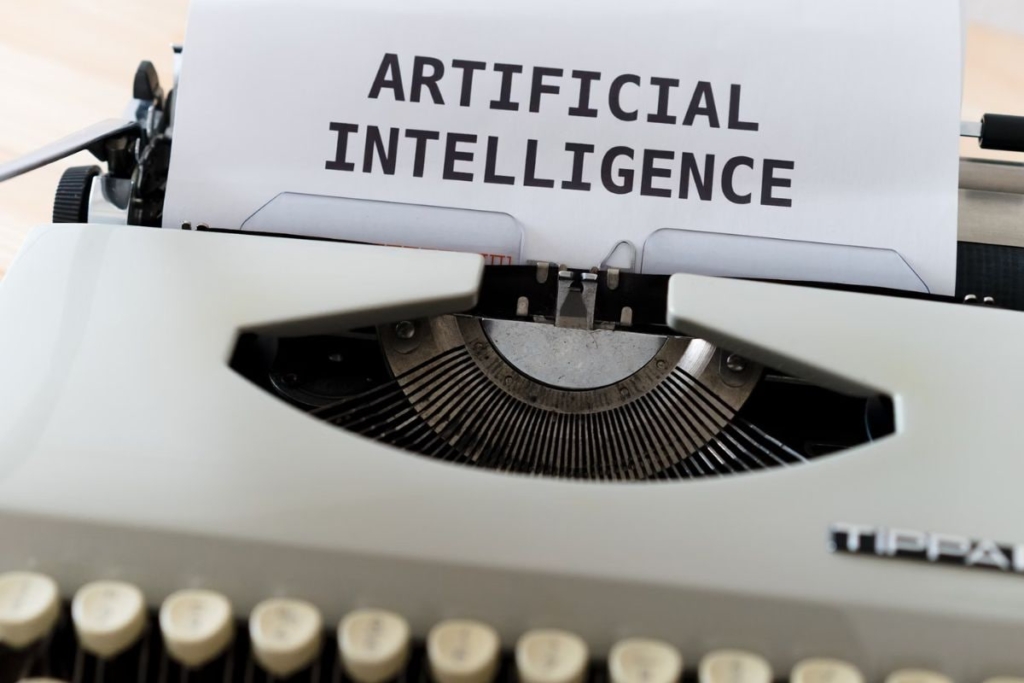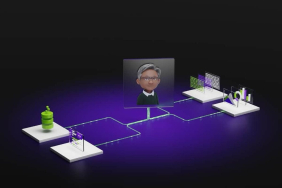On Tuesday, Hugging Face unveiled a new project to create Open-R1, an entirely open replication of the DeepSeek-R1 model. This initiative follows the recent release of DeepSeek-R1 by a Chinese AI firm backed by hedge funds, which sent ripples through Silicon Valley and the NASDAQ. The sheer sophistication of this AI model, which has the potential to challenge OpenAI’s o1 model, caught many by surprise, especially since it represents the first large-scale AI model to enter the public domain without being fully open-source. Hugging Face researchers are embarking on a mission to source the elements that are currently missing from the released model.
Purpose Behind Hugging Face’s Open-R1
According to a blog post, the rationale for replicating DeepSeek’s advanced AI model lies in its classification as a “black-box” release. This means that while the model’s code and certain assets are publicly available, critical components such as the dataset and training code remain undisclosed. Consequently, while users can download and operate the AI model locally, replicating a model like this is currently unfeasible for others.
Key pieces of unpublished information include the dataset designed for reasoning tasks that trained the base model, the training code for hyperparameters, and the compute and data trade-offs considered during the training phase.
The main goal of developing a fully open-source version of DeepSeek-R1 is to promote transparency regarding the improvements offered by reinforcement learning and to facilitate reproducible insights within the AI community.
The Open-R1 Initiative Explained
With DeepSeek-R1 now in the public domain, researchers have begun to explore various features of the AI model. For example, they discovered that DeepSeek-V3, the foundational model for R1, was developed using autonomous reinforcement learning techniques, devoid of human oversight. In contrast, the R1 model incorporates numerous refinement processes to filter out low-quality outputs, resulting in responses that are polished and reliable.
Hugging Face researchers plan to implement a structured three-step approach. Initially, they will create a distilled version of R1 utilizing its dataset. Next, they aim to replicate the method of pure reinforcement learning. Finally, they will incorporate supervised fine-tuning and additional reinforcement learning to align the responses with those of R1.
The synthetic dataset obtained from the R1 model distillation, along with the training steps, will be made available to the open-source community. This will enable developers to transform existing large language models into reasoning models through straightforward fine-tuning.
In a noteworthy parallel, Hugging Face previously employed a similar distillation strategy on the Llama 3B AI model, demonstrating that improvements in computing power during test time can significantly optimize smaller language models.






